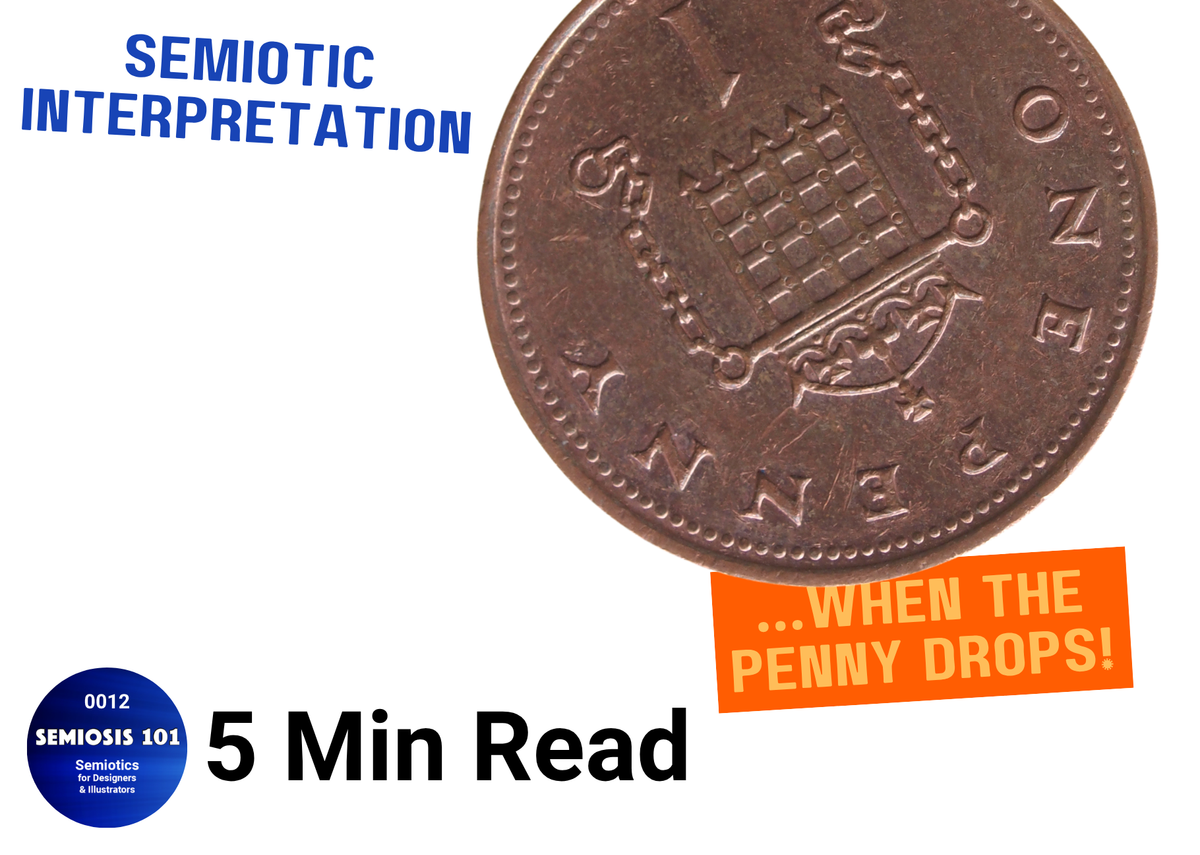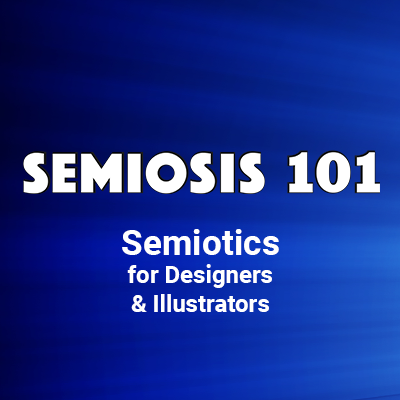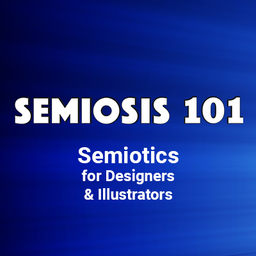BLOG 12: Semiotic Interpretation …When the Penny Drops!

Semiosis 101 - 5 minute semiotic read
By carefully considering the Iconic crafting of your visual language from a very early sketching stage, you can enhance how your final designs connect with the target audience. You creatives will be happier. Your target audience will be happier. Your client will be happier and so will the client’s bottom line …financially… will be happier. So how can creatives get to this wonderful win-win-win-win situation?
Peirce’s Semiosis’ framework, when applied within designers’ or illustrators’ ideation phases, adds the power of semiotic sign-action in developing a visual language that connects with your target audience. Why? Well, with mindful application of the basic semiotic building blocks of Iconic representation, you creatives can align your aesthetics to appeal more directly at the
subconscious level to your intended audience. This approach semiotically crafts qualities and resemblances to TRIGGER their attention, and for the audience to interpret what is meant.
Iconic elements can be combined, embedded and nested together, interacting with each other, to build meaning with the audience through familiarity. After all, we are talking here about the basic building blocks of visual communication: lines, shapes, colours, marks, etc. We know that all sophisticated designs and illustrations at the micro level are nothing more than the composition of lines, shapes, colours, marks, etc. Your ability to craft this aesthetic sophistication is mostly tacit, creative muscle memory from design school training and experience.
While this is true, to a degree, Semiosis can enhance how you visually communicate. At the micro level of crafting the visual language, careful consideration of qualities and resemblances to what the audience will respond to will help. At the micro level Semiosis will aid you designers and illustrators, when sketching ideas for a suitable solution that will answer the client’s brief.
Your visual language decisions to answer a brief has many variable factors. Currently, many of your decisions will be based on your existing ability, techniques, house style, experience and subjective taste.
When I was a commercial illustrator career in the 1990s (before I became aware of semiotics), I had a particular illustration style I worked within. To answer a client’s brief, I worked within a set of unwritten stylistic rules I set myself. Little did I know at the time that I was crafting and nesting Iconic elements. I was breaking down my creative process of crafting my visual language in the illustrations.
I now realise this was a rudimentary form of Semiosis, which I would not have understood then. Back in the 1990s I was applying semiotic signs as Iconic elements in my visual language in a purely subjective way.
I gave no thought for how my would be understood by the intended target audience, as I was of the mindset that I was just working for my client and answering their brief. Within Visual Communication Design now, we are more human-centred in our creative process.
We creatives understand we are not designing/illustrating a) for ourselves; and b) we are not doing it FOR the client. The client is paying US to design/illustrate to connect with their target audience for them to ACT.
When I later began to read about Peirce’s semiotic determination flow, I began to understand that interpretation by the audience was a key component of visual communication. The penny dropped. Within Semiosis’ determination flow between the concept, its representation leads to an interpretation.
The concept comes from your client’s brief, its semiotic representation is crafted by you the creative. However, the eventual interpretation of the messaging is by your audience. Your audience is proactive in visual communication.
Semiosis takes semiotics beyond the signifier/signified dichotomy. Without considering how your audience will interpret, a client/creative binary will remain a closed communicational loop. Peirce’s sign-action brings the audience into your ideation phase, and I argue that your audience is the most important part of semiotic sign-action.
It is at the Iconic level that this relationship with your audience’s ability to interpret begins or ends. Sometimes an audience never goes beyond the Iconic because they fail to spot any resemblances to familiar things. Understanding how to apply Semiosis helps creatives to semiotically include the audience, to Iconically hook and retain their attention.
These Iconic visual elements (semiotic signs) use familiar visual qualities to trigger perception and facilitate visual communication. My 2026 Semiotics for Designers and Illustrators book is very audience-focused. Check out the Semiosis 101 episodes too.





